Toilet training can be a challenge for many children, especially those with developmental, emotional, and trauma based disabilities.
There are so many steps involved in toilet training in order to be successful. Visual Supports for kids can be extremely helpful.
While in residential treatment, Sunshine regressed significantly in her toileting skills. She went from being completely potty trained during the day and night, to wetting herself multiple times a day.
Part of her struggles have to do with anxieties about being in the bathroom. She rushes every part of the process.
Other aspects of her struggles come from motor delays and coordination struggles.
Then there's the Reactive Attachment Disorder at play.
It's my hope that this visual will help her in ways that she needs, allowing her to work hard in other areas and be successful staying dry again.
FREE Toilet Training Visual Supports for Kids
I adjust the toilet seat and stool if needed.
I pull down my clothes all the way.
I lift up my clothes if necessary.
I go to the bathroom waiting until I am finished.
I wipe my bottom front to back until clean.
I put the toilet paper in the toilet.
I flush the toilet.
I put my clothes back on correctly.
1. Click on the Subscriber's link at the bottom of this post.
2. Subscribe to our free newsletter.
3. Open the thank you message you receive in your e-mail, after subscribing. (Be sure to check your spam folder, as sometimes it ends up there.)
4. Click the confirmation link in the thank you message.
5. Once the confirmation is complete, you will receive another e-mail message with the Subscriber Only Freebies.
6. Click on link.
7. Find the printable pack you are looking for listed in alphabetical order, click on it, and voila!
We hope you enjoy your free printable.
Note: If you are already a newsletter subscriber, open your most recent newsletter. At the bottom you will find a link to the Subscriber Only Freebies page, along with the password in case you forgot it.

.png)



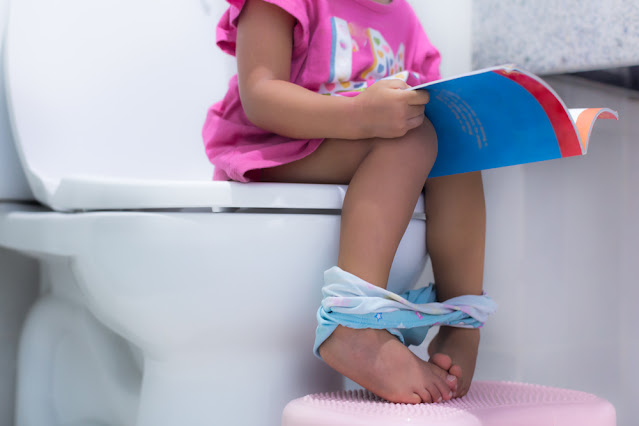
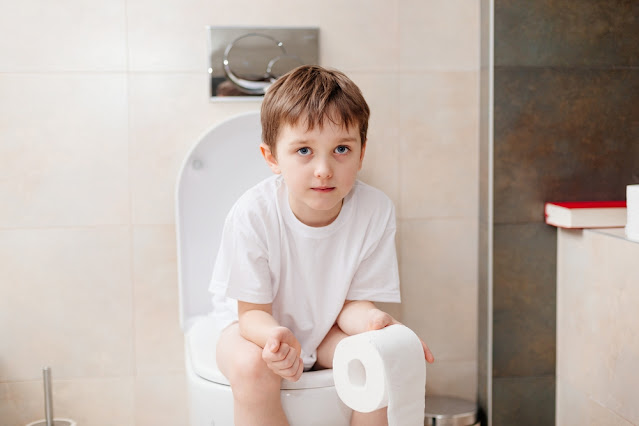
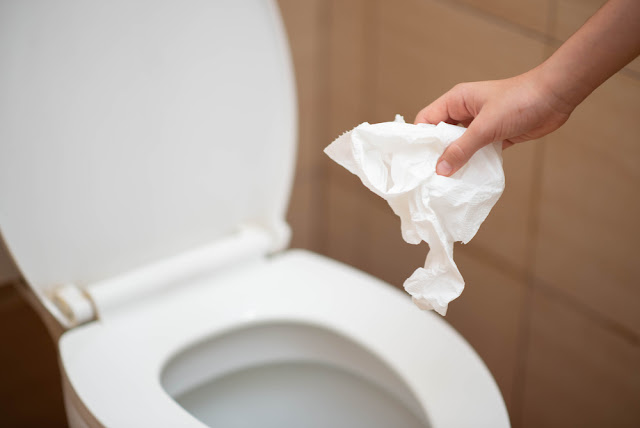

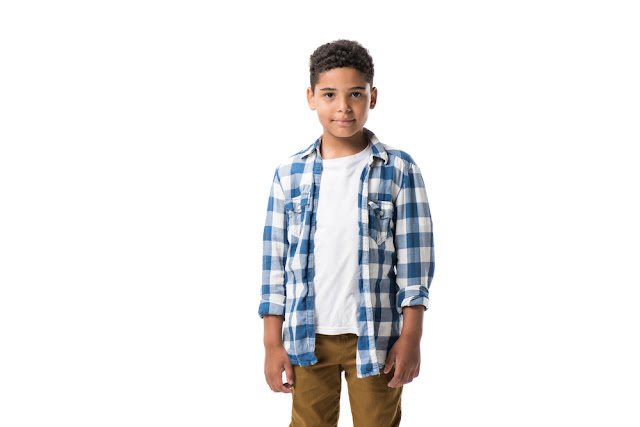
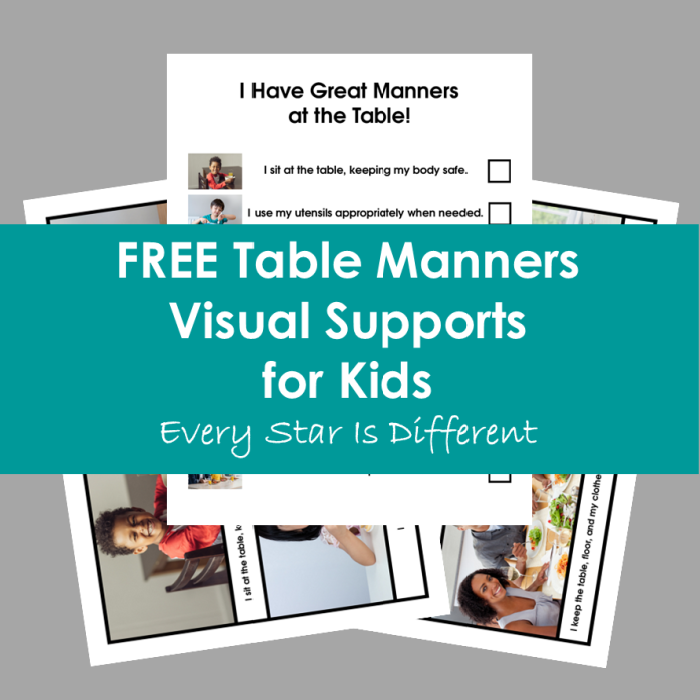





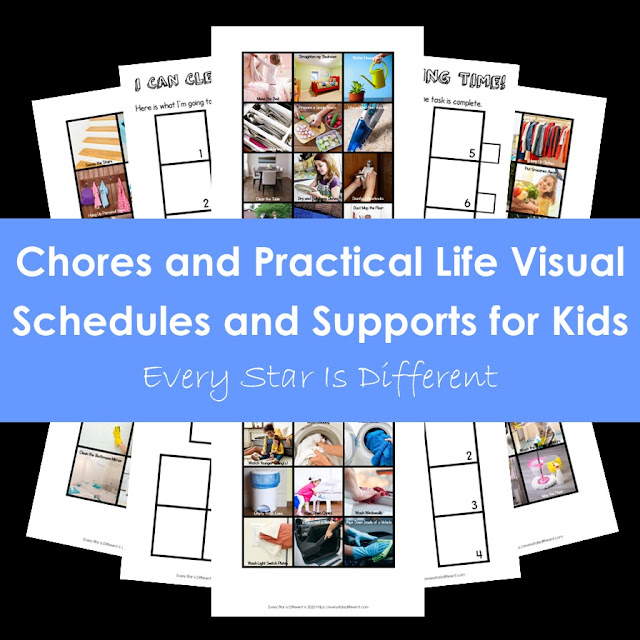

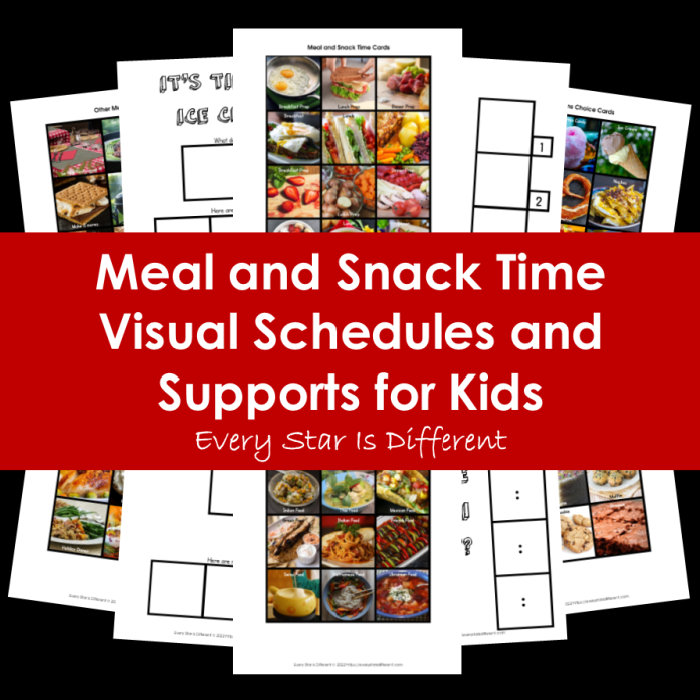

No comments:
Post a Comment